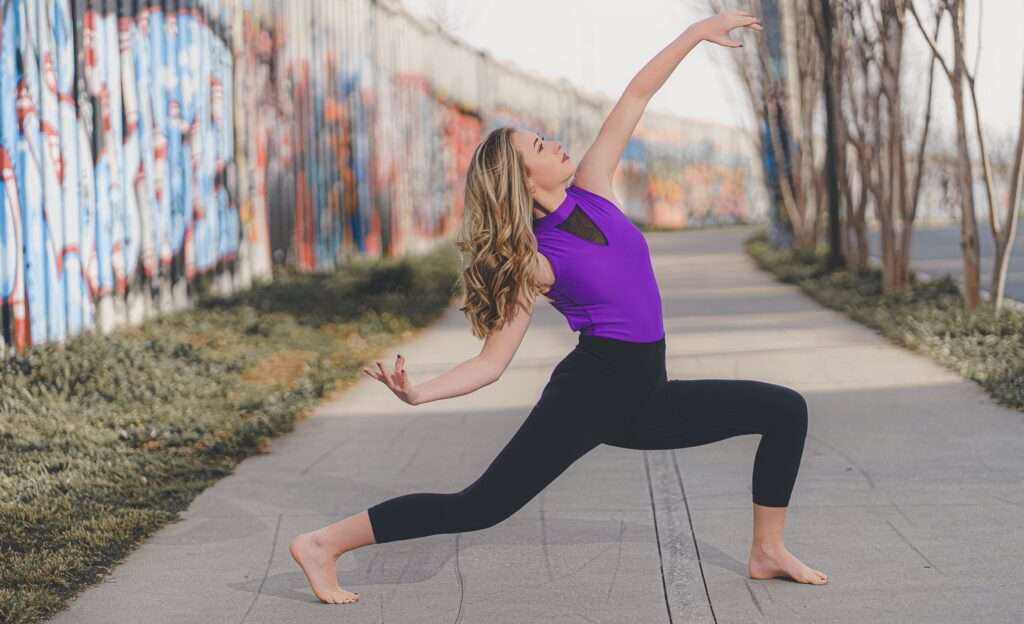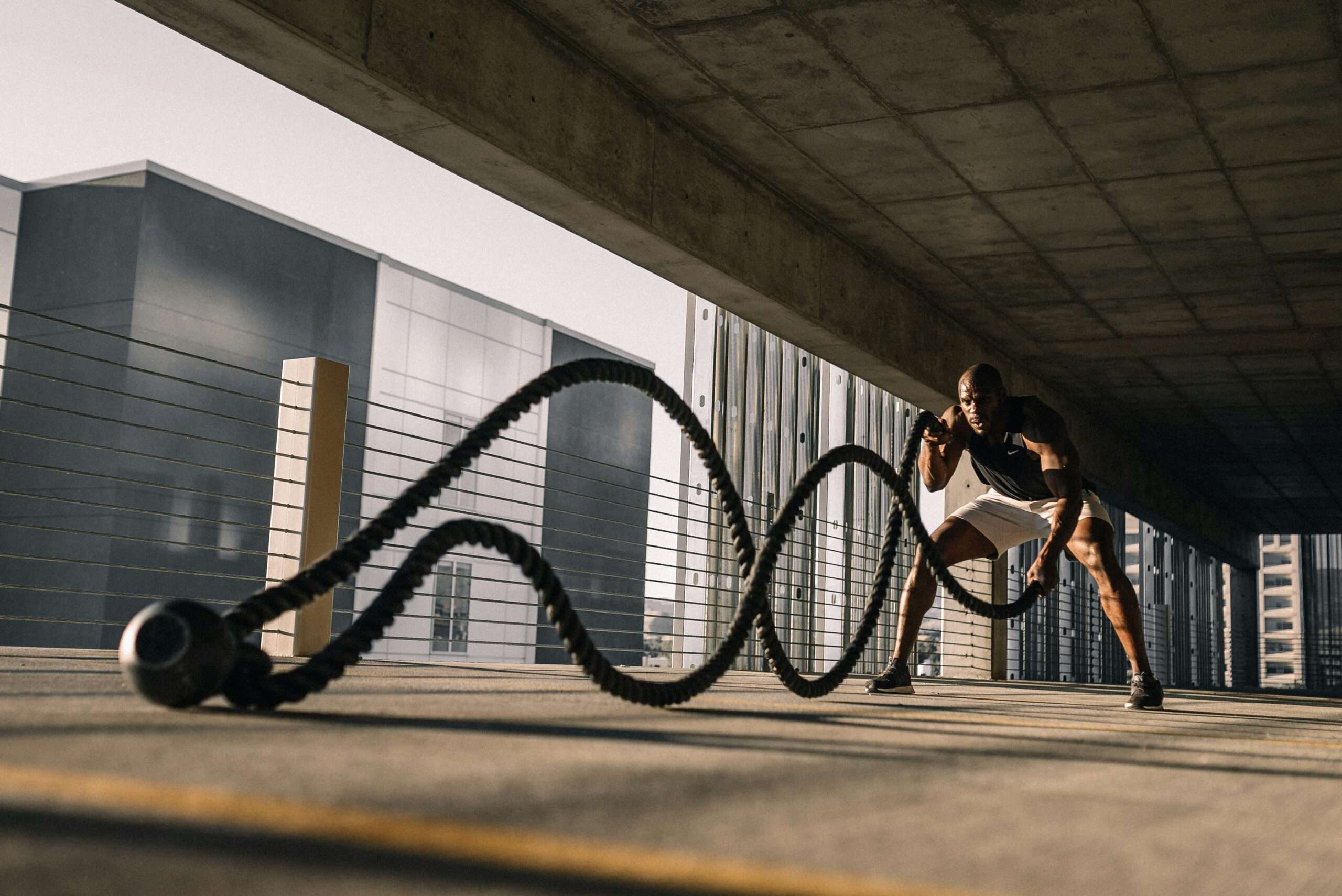Introduction
The front split is a hallmark of flexibility and a powerful demonstration of physical fitness, often seen in dancers, gymnasts, and martial artists. Achieving a full front split requires dedication, consistent practice, and the right exercises. Contrary to popular belief, mastering the front split isn’t just about passive stretching—it also demands active engagement, strength, and muscle control.

In this comprehensive guide, we’ll explore active front split exercises that not only help you achieve the full split but also build stability and prevent injuries. Whether you’re a beginner or looking to perfect your splits, these techniques are safe, effective, and backed by expert insights. Additionally, you’ll gain actionable tips to progress faster and avoid common pitfalls.
Why Focus on Active Front Split Exercises?
Active stretching involves using your muscles to achieve a stretch, as opposed to relying solely on external forces like gravity or external assistance. This dynamic approach not only improves flexibility but also strengthens the supporting muscles, creating balance and preventing overuse injuries.
Benefits of Active Front Split Exercises
- Enhanced Flexibility and Strength: Activating muscles while stretching ensures balanced development.
- Injury Prevention: Strengthened muscles and joints reduce the risk of strain during advanced movements.
- Improved Body Awareness: Engaging your muscles while stretching helps build neuromuscular control and coordination.
- Functional Mobility: Active stretches translate better into sports or performance-based movements, boosting overall athletic ability.
Moreover, these exercises are especially beneficial for those dealing with flexibility plateaus or imbalances between the legs.
Anatomy of a Front Split
To achieve a full front split safely, it’s important to understand which muscle groups are targeted:
- Hamstrings: These muscles at the back of your thighs must lengthen to allow your front leg to extend fully.
- Hip Flexors: These muscles at the front of your pelvis need to open up for the back leg to stretch behind you.
- Adductors: Inner thigh muscles that help stabilize your legs.
- Glutes and Lower Back: Play supportive roles in ensuring proper alignment and posture.
When working toward the splits, it’s critical to balance flexibility and strength in all these areas. Overstretching one muscle group without strengthening its counterpart may lead to injuries or imbalances.

Preparing Your Body: Warm-Up Routine
A proper warm-up boosts blood flow, increases muscle elasticity, and prepares your body for deeper stretches. Here’s a quick 5-minute routine:
- Dynamic Leg Swings
- Perform forward and backward leg swings to mobilize your hip flexors and hamstrings.
- Reps: 10 per leg.
- High Knees
- Engage your hip flexors and elevate your heart rate.
- Duration: 30 seconds.
- Lunges with a Twist
- Step forward into a lunge and twist your torso towards the leading leg. This stretches your hip flexors and engages your obliques.
- Reps: 8 per side.
- Cat-Cow Stretch
- Begin on all fours and alternate between arching and rounding your back. This warms up the lower back and engages the core.
- Reps: 6–8 cycles.
Remember, a thorough warm-up not only prepares your body for intense stretching but also reduces the risk of muscle strains.
Active Front Split Exercises: The Path to Mastery
1. Standing Hamstring Lift
- Purpose: Strengthens hamstrings and improves active flexibility.
- How To:
- Stand tall and engage your core.
- Lift one leg straight in front of you without bending the knee.
- Lower it with control.
- Reps: 10 per leg.
- Pro Tip: Avoid leaning backward as you lift your leg. Maintain a neutral spine.
2. Active Low Lunge
- Purpose: Opens up the hip flexors while engaging the glutes.
- How To:
- Start in a low lunge with your back knee on the ground.
- Squeeze your glutes and lightly pulse forward, keeping your chest upright.
- Duration: Hold for 20 seconds; repeat on both sides.
- Pro Tip: To deepen the stretch, lift your arms overhead and lean slightly back.
3. Front Leg Pulses
- Purpose: Builds active engagement in the hamstrings and quadriceps.
- How To:
- Sit in a modified split position with the front leg extended.
- Pulse the extended leg a few inches off the ground, keeping it straight.
- Reps: 15 per leg.
4. Single-Leg Romanian Deadlifts
- Purpose: Strengthens hamstrings and improves balance.
- How To:
- Hold a lightweight or bodyweight and hinge forward on one leg.
- Keep the supporting leg slightly bent while the other leg extends backward.
- Reps: 12 per side.
5. Assisted Front Split Kicks
- Purpose: Mimics the split motion dynamically.
- How To:
- Use a wall or bar for support.
- Swing one leg forward into a high kick with control.
- Reps: 8 per leg.
- Pro Tip: Perform this movement slowly to focus on control rather than height.
6. Active Seated Forward Fold
- Purpose: Strengthens and stretches the hamstrings simultaneously.
- How To:
- Sit with legs straight in front of you.
- Flex your feet and fold forward while keeping your back straight.
- Duration: Hold for 20 seconds.
Progression Strategies for Front Splits
Achieving a front split doesn’t happen overnight. Here’s how you can ensure steady progress:
- Start Gradually: If you’re a beginner, focus on smaller ranges of motion before deepening your splits.
- Engage the Core: A strong core stabilizes your pelvis and prevents misalignment.
- Consistency Matters: Dedicate 3–4 days a week to these exercises for optimal results.
- Incorporate Rest Days: Flexibility gains occur during recovery, so don’t skip rest days.
- Use Props: Yoga blocks or resistance bands can help you maintain proper form while stretching.
Overcoming Common Challenges
- Tight Hip Flexors: Practice lunges and hip openers regularly to release tension.
- Uneven Flexibility: Focus on your weaker side to avoid muscular imbalances.
- Plateaus: If progress stalls, incorporate strength training or dynamic stretching to challenge your muscles.

Success Story: From Beginner to Splits Pro
When I began my splits journey, I struggled with tight hamstrings and could barely touch my toes. After incorporating active exercises like leg lifts and dynamic lunges, I noticed significant improvements in both strength and flexibility. Within six months, I achieved my first front split with control, which felt like a monumental achievement.
The key? Consistency, patience, and listening to my body.
Actionable Tips to Accelerate Your Progress
- Stay Hydrated: Proper hydration aids in muscle recovery and elasticity.
- Document Your Journey: Take weekly progress photos to stay motivated.
- Mix It Up: Alternate between active and passive stretches to maximize gains.
Conclusion: Embrace the Journey
Achieving a front split is not just a physical milestone; it’s a testament to your dedication and resilience. By focusing on active front split exercises, you build both strength and flexibility, ensuring lasting results.
So, what’s stopping you? Start today, stay consistent, and celebrate every small victory. Remember, flexibility is a journey—not a destination. Stay patient, and your efforts will pay off.
FAQ: Active Front Split Exercises
Here are 10 frequently asked questions about Active Front Split Exercises to help you better understand and progress in your flexibility journey.
1. What are Active Front Split Exercises?
Active front split exercises involve engaging your muscles to stretch dynamically, building flexibility and strength simultaneously. Unlike passive stretching, these exercises improve functional mobility and stability while working toward a front split.
2. Are Active Front Split Exercises safe for beginners?
Yes! Active front split exercises are safe when performed correctly and with proper warm-ups. Beginners should start with light stretches and focus on maintaining good form to avoid injury.
3. How often should I practice Active Front Split Exercises?
Practicing 3–4 times a week is ideal for steady progress. Make sure to include rest days to allow your muscles to recover and adapt.
4. Do Active Front Split Exercises help with injury prevention?
Absolutely. These exercises strengthen the supporting muscles and joints, reducing the risk of strains or overuse injuries during advanced movements like splits.
5. Can Active Front Split Exercises improve my performance in sports or dance?
Yes, they can! Active front split exercises enhance functional flexibility and strength, which directly benefits sports like martial arts, gymnastics, and dance by improving range of motion and control.
6. How long does it take to achieve a front split with Active Front Split Exercises?
The time varies depending on your starting flexibility, consistency, and commitment. With regular practice, most people notice significant improvements within 6–12 months.
7. What is the difference between Active and Passive Front Split Exercises?
Active front split exercises engage your muscles during stretching, while passive exercises rely on external forces like gravity. Active stretching builds strength alongside flexibility, making it more functional and effective.
8. Can I use props like yoga blocks for Active Front Split Exercises?
Yes, props such as yoga blocks or straps can be used to assist with proper form and balance during active front split exercises, especially for beginners or those with limited flexibility.
9. What should I do if I experience pain during Active Front Split Exercises?
Pain is a sign to stop immediately. While discomfort is normal when stretching, sharp or intense pain could indicate an injury. Focus on gradual progress and consult a professional if needed.
10. Are Active Front Split Exercises suitable for all age groups?
Yes! These exercises can be modified for any fitness level or age group. However, older individuals or those with pre-existing conditions should consult a fitness expert or physiotherapist before starting.
These FAQs should answer common concerns and provide clarity about Active Front Split Exercises. If you have more questions, feel free to ask! 😊
Click Here to Explore Our Chimichurri Pizza Recipe


